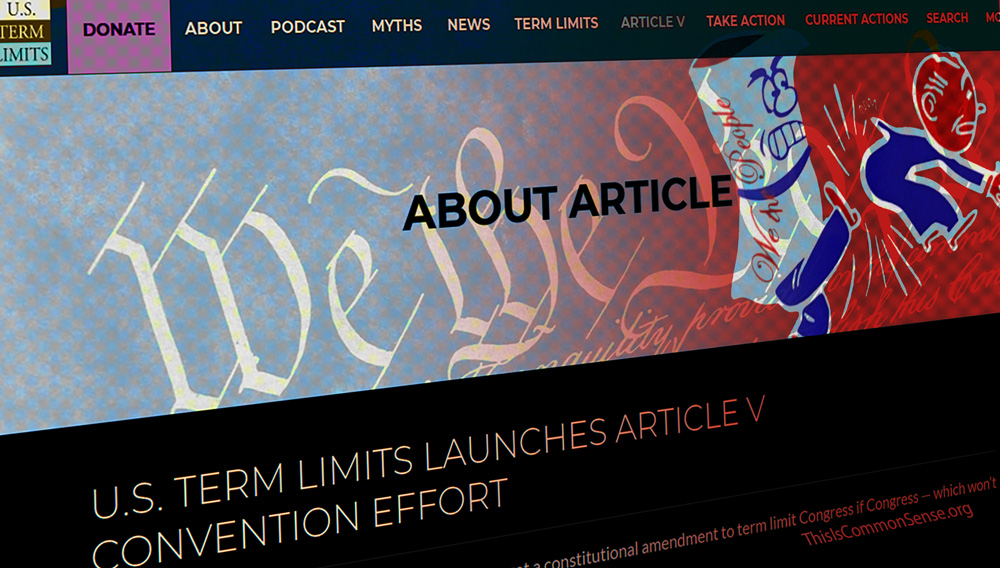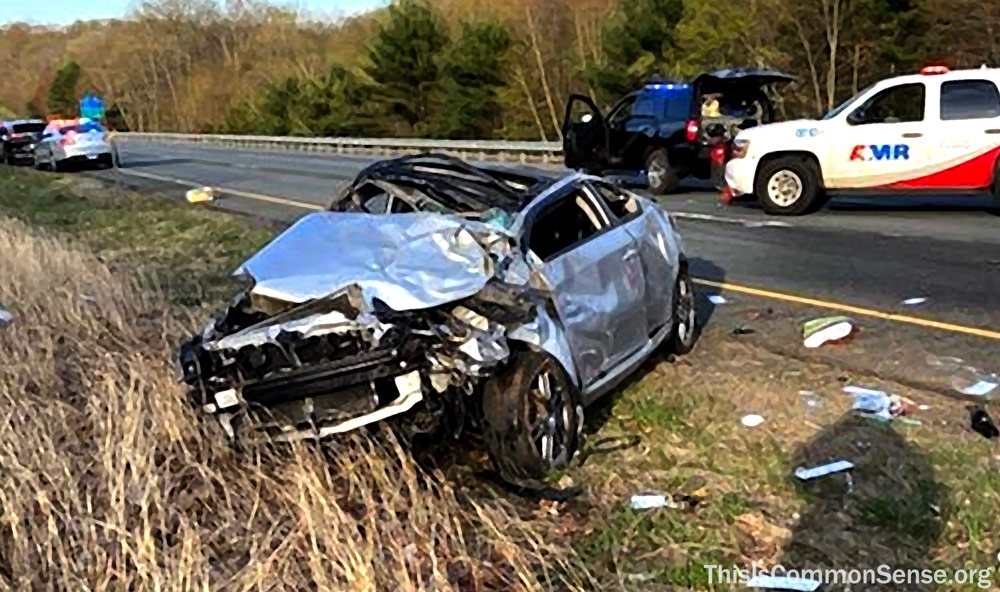The “court packing” notion that progressives itch to implement has obvious flaws — which have been addressed (but not settled) in the recent report of the Presidential Commission on the Supreme Court of the United States, initiated by the Biden Administration last April.
The report, just out, did not give progressives what they want. “Opponents contend that expanding — or ‘packing’ — the Court would significantly diminish its independence and legitimacy and establish a dangerous precedent that could be used by any future political force as a means of pressuring or intimidating the Court. The Commission takes no position on the validity or strength of these claims.”
Not a few Democrats wanted the Commission to take a very negative position on those claims. Democrats currently maintain a shaky hold on power in the Legislative and Executive branches. Had the Commission given them the green-light to push progressives onto the Court — to overwhelm the current “conservative” majority — they might have consolidated power.
The report is inconvenient for that political move — as is Associate Justice Stephen Breyer’s opposition. Damon Root, at Reason, summarizes Breyer’s case: “It is a tit-for-tat race to the bottom. One party expands the size of the bench for nakedly partisan purposes, so the other party does the same (or worse) as soon as it gets the chance.” Breyer fears that court-packing would undermine Court authority, and liberalism itself would suffer.
By “liberalism” I take Breyer to mean the order that is defined by the Constitution itself: separation of powers, basic rights, citizen control of government. And there is a way to save this kind of “liberalism”: fix the size of the Supreme Court in the Constitution.
The very opposite of court packing.
This is Common Sense. I’m Paul Jacob.
—
See all recent commentary
(simplified and organized)







